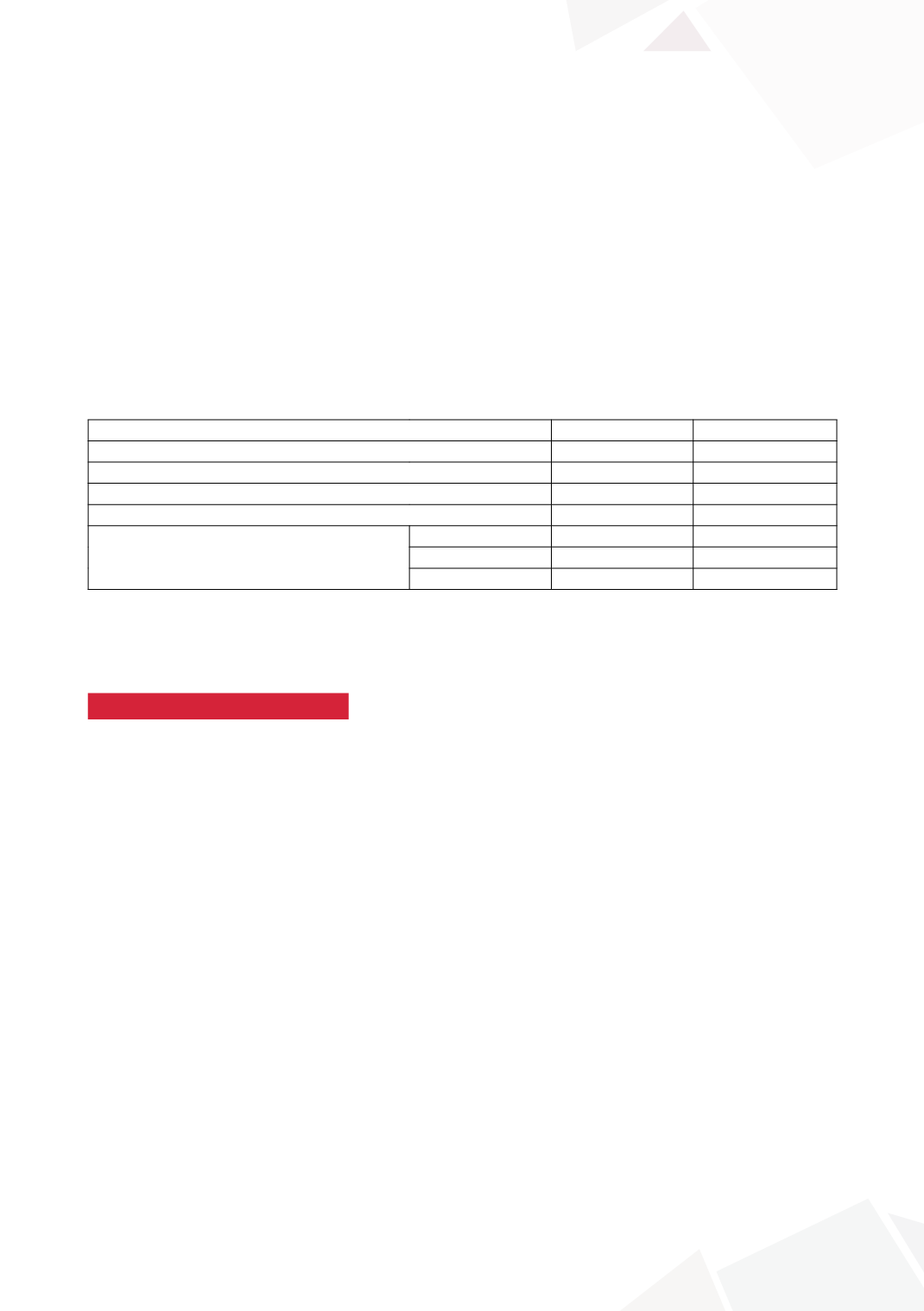

86
28
TH
CONGRESS OF THE ESPU
MATERIAL AND METHODS
In this prospective study initiated in 2012, CIC was introduced at discharge following BE closure
in infants twice a day using an 8F lofric catheter in males and a 6F lofric catheter in females. The
frequency of CIC was increased if there were significant volumes drained or hydronephrosis and
decreased if there were no significant urine volumes drained. The compliance to CIC was assessed
at the time of follow up clinics at 3, 6 and 12 months postoperatively.
RESULTS
Twenty-six patients with classic BE were commenced on CIC following BE closure. Twenty-five
patients successfully continued regular CIC. One male patient stopped CIC because the child was
very active and would not keep still enough to allow CIC to be done. Twenty patients continued
to receive CIC twice a day at follow up. Two patients had reduced their frequency of CIC after
6 months because of regular spontaneous voiding and low residual volumes at catheterisation. CIC
frequency was increased in 2 patients to treat high residual volumes. The median length of follow
up was 10 months (6.5-23.4).
Females
Males
Number of patients
11
15
Successful establishment of ISC
100%
93%
Age at establishment of ISC (months)
6.2 (5.6-7.9)
6.5 (5.1-7.8)
Age at latest follow up (years)
1.6 (0.8-3.6)
1.2 (0.9-2)
Number of times CIC performed
per day after 6 months
1
1
1
2
9
14
3
1
2
CONCLUSIONS
Early establishment of CIC by parents in bladder exstrophy patients is well tolerated and can be
successfully continued into early childhood.
S7-13 (P without presentation)
THE HIGH COST OF ACHIEVING URINARY CONTINENCE
IN CLOACAL EXSTROPHY
Martin KAEFER
1
, David WEATHERLY
1
, Benjamin WHITTAM
1
, Konrad SZYMANSKI
1
,
Carla RAMIREZ
2
, Rosalia MISSERI
1
, Katherine HUBERT
1
, Mark CAIN
1
and Richard RINK
1
1) Riley Hospital for Children, Pediatric Urology, Indianapolis, USA - 2) Roosevelt Hospital, Pediatric Surgery, Guatemala
City, GUATEMALA
PURPOSE
Cloacal exstrophy is the most devastating abnormality that can effect a neonate’s lower urinary
tract. Surgical techniques have advanced to a point where a continent urinary reservoir can be suc-
cessfully constructed. However, the goal of achieving socially acceptable urinary continence may
often come at a significant price. We hypothesize that the level of morbidity experienced following
creation of a continent urinary reservoir is significant and should lead to our consideration of other
strategies for managing this difficult clinical problem.
MATERIAL AND METHODS
We reviewed the records of all patients with cloacal exstrophy presenting to our institution (1977-
2015). Charts were reviewed for basic demographic information, comorbidities, total number of
surgeries, number of surgeries involving the urinary tract and final renal status. Patients were
excluded from final analysis if a complete record of their surgical history was not available or if they
had less than one year follow up following initial surgical management of the bladder.









